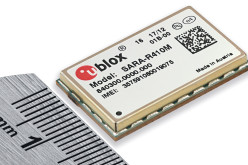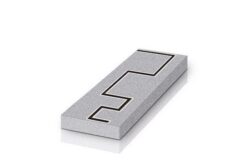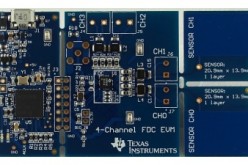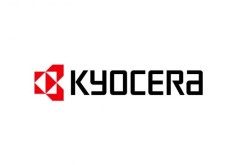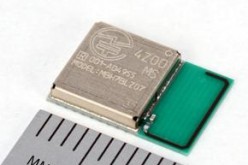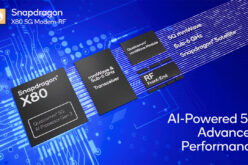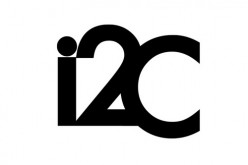USB Type-C: Enabling adoption of new standard for electronics
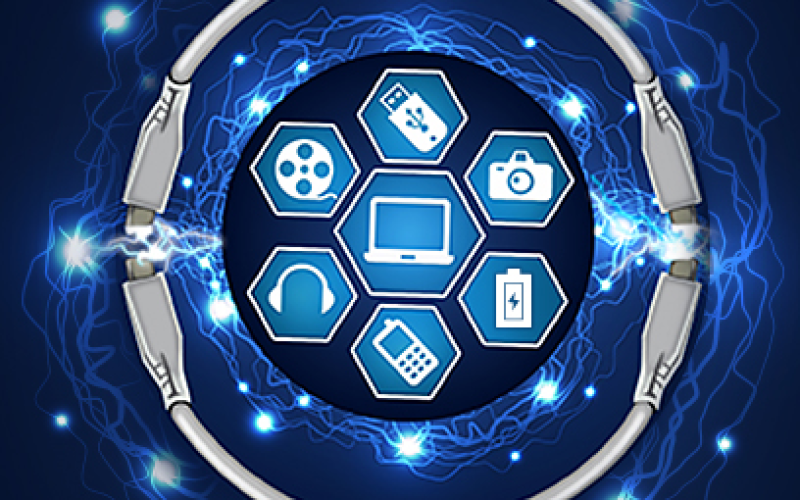
The days of carrying around multiple chargers and accessories for your smartphone, laptop and other electronic devices may be coming to an end, thanks to the next-generation universal serial bus called USB Type-C.
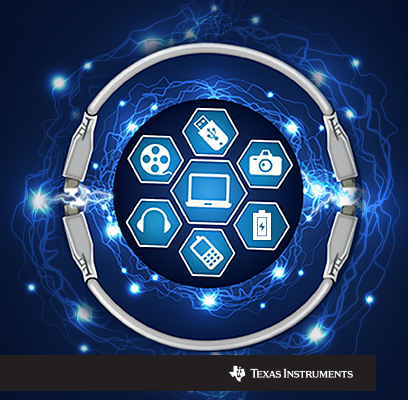 Imagine charging all of your electronics with a single cable, powering your laptop battery as you drive to that next meeting, and simply plugging your notebook into a colleague’s laptop to share a presentation. These are just some of the capabilities of USB Type-C, which is expected to become the standard for electronic devices.
Imagine charging all of your electronics with a single cable, powering your laptop battery as you drive to that next meeting, and simply plugging your notebook into a colleague’s laptop to share a presentation. These are just some of the capabilities of USB Type-C, which is expected to become the standard for electronic devices.
We are not only pushing the world forward with this innovation, but we are also helping our customers adopt the new technology.
“We’re creating a new paradigm in the way we coexist with our electronic devices,” said Kevin Jones, a marketing and applications director in our Analog business. “The ICs we are bringing to market will enable changes in how we use notebooks, docks, PCs and accessories. This technology is allowing us to do things we’ve never done before.”
We are making it easy for designers to make the transition with products like our multi-port USB Type-C and power delivery mini-dock reference design (TIDA-01243), which we launched today.
“TI is making every effort to make it easier for designers to implement USB Type-C into their designs,” said Irene Deng, a power management product line manager. “Each product is released with a simple-to-read, yet thorough, datasheet and a complete system design. This enables designers to not only try it out but also quickly adopt it in their designs.”
The new mini-dock represents our full ecosystem of USB Type-C power delivery solutions including at least 20 TI devices, including the USB hub in the design, electrostatic discharge protection for every port, audio coding/decoding capabilities and DC/DC converters.
“We offer the industry’s most complete portfolio of USB Type-C compliant products and resources to simplify the design process and speed time to market,” said Keith Ogboenyiya, a general manager in our Analog group. “As a result, we are making it easier for designers to implement USB Type-C into their designs.”
Learn more about the mini-dock.
Period of change
The effort to standardize USB connections started about three years ago when we were trying to find a way to combine video and data into one cable. In partnership with a consortium of other experts, we realized we could combine data, video and power into one cable using a universally recognized connection. The first USB Type-C standard came out last year.
We are now in a period of rapid change to adopt the new USB Type-C technology, Irene said.
“Nowadays, we use various handheld devices in our personal and business life around the clock,” she said. “Consumers of these devices hunger for simpler and faster power charging and data communication features. USB Type-C technology is feeding this hunger.”
Kevin and Irene say they are most excited about the way our new products will change the way consumers coexist with electronics. First off, we will be able to power all of our compatible devices using one USB Type-C cable, and vice versa.
“USB Type-C is going to make everyone’s lives much simpler and hassle-free. We will no longer worry when our cell phone runs out of power while we rely on the map to tell us how to get to the hotel,” Irene said. “USB Type-C charging ports will be available everywhere we go. All we will need is one charging cable for our different devices.”
USB Type-C will impact everything from personal computers and mobile phones to PC accessories like docks, dongles and monitors. You will see large docking stations shrink to the size of pocket-size TV remote controls. Smartphones will become even thinner and will charge quicker at higher voltages – possibly up to 20 volts compared to the current 9-12 volts.
“When that ecosystem exists, there will be a strong need for Type-C and power delivery in a car. The simple use case will be a very capable charging port that coexists with legacy systems,” Kevin said. “The way your infotainment system in your car reacts with your laptop and phone can be much more dynamic.”
Infotainment systems incorporating Type-C and power delivery can communicate to a laptop or phone to negotiate a variety of power contracts to ensure each device is charged as quickly as possible, he explained. On the data side, the infotainment system can also dynamically change from receiving content to providing it, and vice versa.
Learn more about USB Type-C and power delivery. Also, look for several other USB Type-C devices coming out this year.
Source: Texas Instruments Blog







